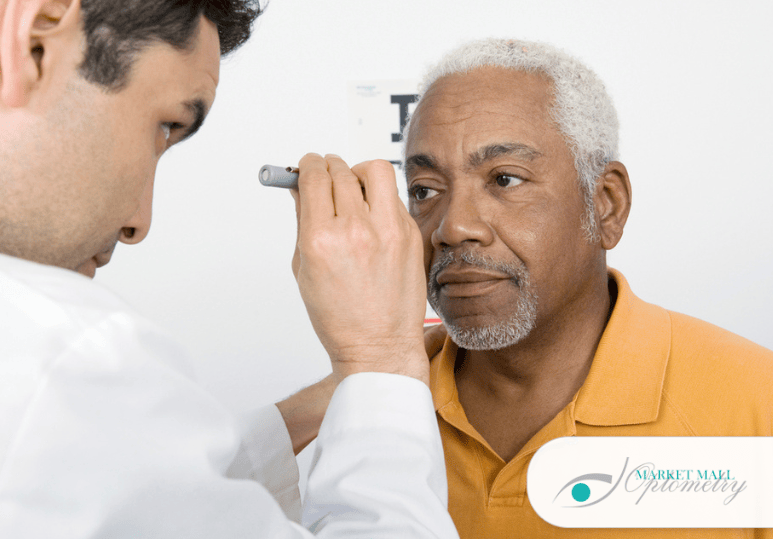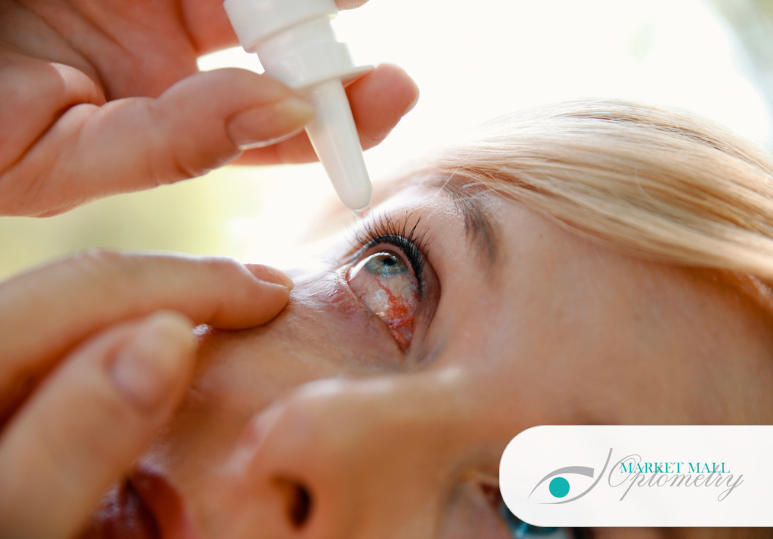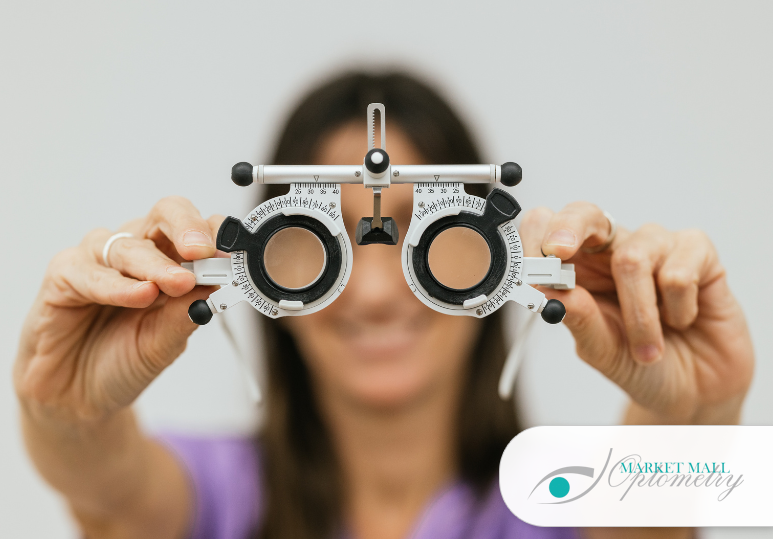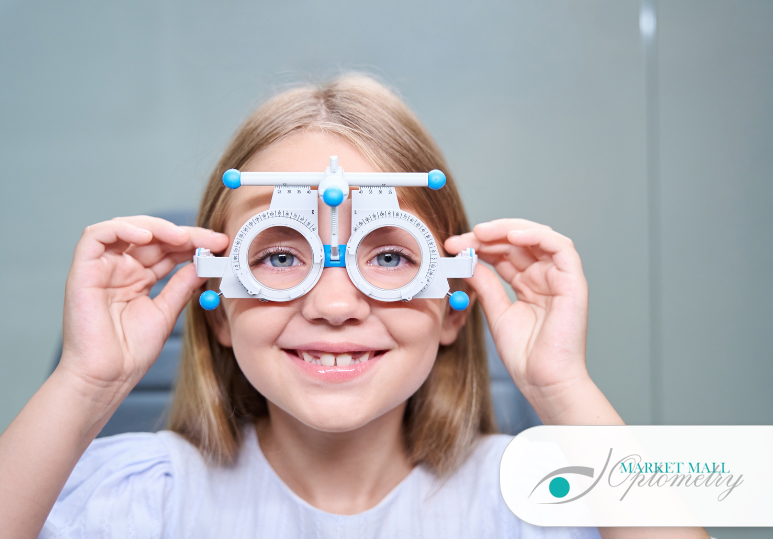Eye Conditions That Are Checked For During A Senior Eye Exam
Age-Related Macular Degeneration (AMD)
As the name implies, age is a major factor in the development of this condition. AMD is an eye disease that causes visual impairment of the central vision. This makes it exceptionally difficult to see straight ahead or perform tasks that need any detailed vision, such as reading, driving, and identifying faces, among many other activities. AMD typically does not begin to develop until age 55 and once it does start developing, the damage AMD causes to the macula (the part of the retina at the back of the eye) is irreversible. While there is no cure for AMD, early diagnosis can help you manage the development of this eye condition. To learn more about AMD, including what types there are and what factors increase the risk of AMD development, read AMD: What Is Age-Related Macular Degeneration?
Glaucoma
This group of eye conditions leads to damage of the optic nerve, most commonly caused by pressure within the eye. If glaucoma is not diagnosed early, this eye condition can progress to the point of blindness. The only way to know if a person has glaucoma is to receive glaucoma screening, as this condition develops painlessly and doesn’t begin to present symptoms until irreversible damage has already begun. While it is possible for people of any age to develop glaucoma, the majority of those with this condition are 60 or older.
Cataracts
This condition occurs when proteins begin to break down in the lens of the eye, causing this normally clear section of the eye to cloud. Unlike other eye conditions, cataracts can impact your vision but are not particularly damaging to the health of your eye. Cataracts can be corrected through cataract surgery and vision can be restored. However, if you do not receive cataract management, this condition can impair vision and even cause blindness. Cataracts often begin to develop around age 40, although symptoms may not become obvious until closer to age 60.
Diabetic Retinopathy
This eye condition affects people with diabetes and can result in vision loss. Diabetic retinopathy affects the blood vessels within the eye and causes damage to the retina. This condition can develop without symptoms until the condition has progressed to the point of damage to the eye. While this condition is more common among people 50 or over, it only develops in people with either type 1 or type 2 diabetes. People with diabetes should visit their optometrist for regular diabetic eye exams.
Hypertensive Retinopathy
This is an eye condition related to hypertension (high blood pressure). The common age of onset for hypertension is 50 years old and the risk for developing this condition increases with age. High blood pressure can lead to thickening of the walls of blood vessels within the eye, restricting blood flow to the retina. Beyond damaging the blood vessels in the eye, hypertensive retinopathy can also lead to increased pressure within the eye that can damage the optic nerve.
Senior Eye Exams In NW Calgary
While eye exams are recommended either once every year or two between the ages of 18 and 64, eye exams are recommended every year for those 65 and over. It is also highly beneficial to receive additional eye exams if you have preexisting conditions such as diabetes or hypertension that put your eyes at greater risk of developing eye conditions. Eye exams with the skilled and experienced optometrists at Market Mall Optometry can help detect eye conditions before they start to limit vision. Our optometrists will work with you to develop a management plan to slow or stop the progression of eye conditions. To schedule a senior eye exam and keep your vision and eye health safe, contact Market Mall Optometry at 1-403-286-4884 or fill out the online contact form.
FAQ
Q: Who is covered by Alberta health care?
A: Alberta Health Care Insurance Plan (AHCIP) covers annual eye exams for children aged 0-18 and for adults aged 65 and up. The province's health insurance plan also provides coverage for all emergency visits to an eye doctor.
Q: What should I expect at an eye exam?
A: A standard eye exam includes:
- Assessment to test colour deficiency
- Measurement of depth perception
- Measurement of the pressure inside of your eyes
- Measurement of your existing glasses prescription
- A review of any health concerns you may have or that may be in your family history
- Examination of your eyes with and without the help of lenses
- Full assessment of the health of your eyes
- Retinal photo to assess the health of the back of your eyes
- Optometrist-determined prescription
Q: What are some signs that I should visit an optometrist?
A: While you should see your optometrist once a year, you may want to book an eye exam sooner rather than later if you are experiencing any issues with your eyes. This includes vision issues such as blurry vision, as well as eye health concerns such as red eyes, itchy eyes, pain in or around the eye, or anything else that is out of the ordinary. Here is a list of reasons you should schedule an eye exam.





